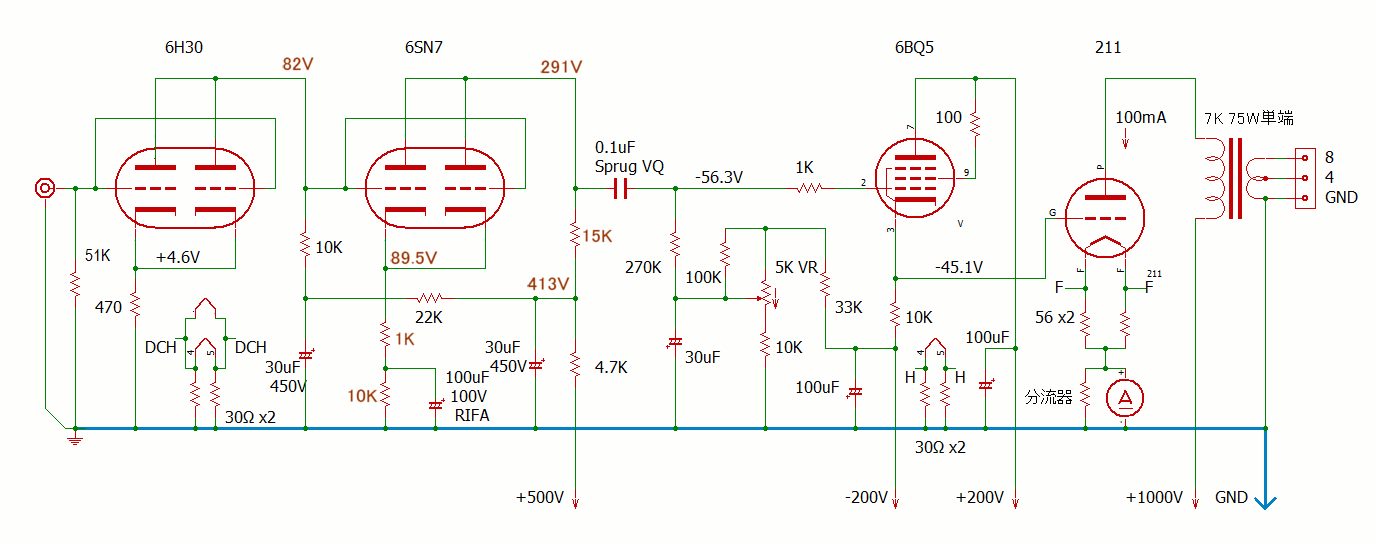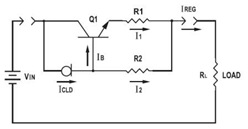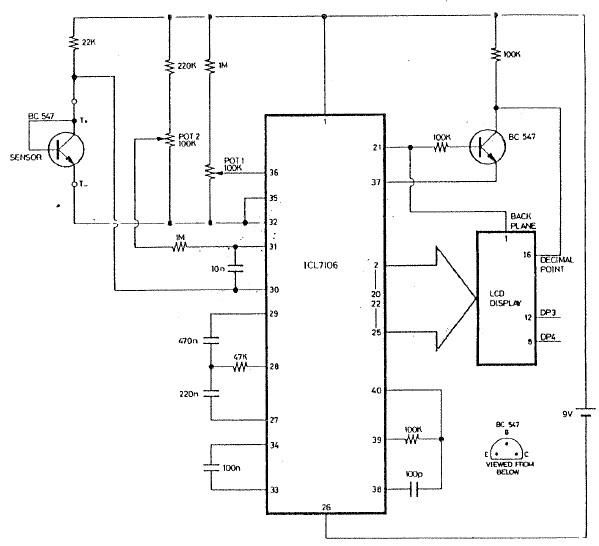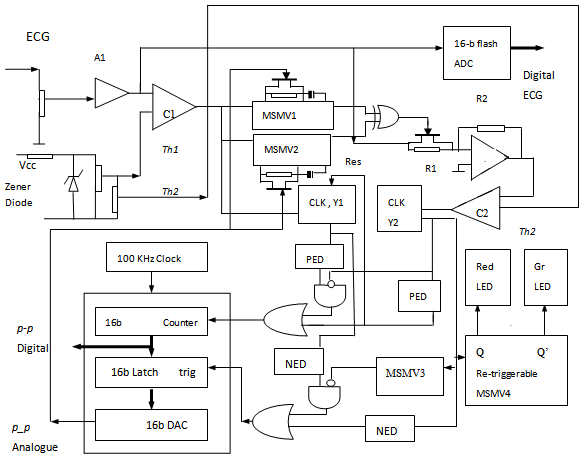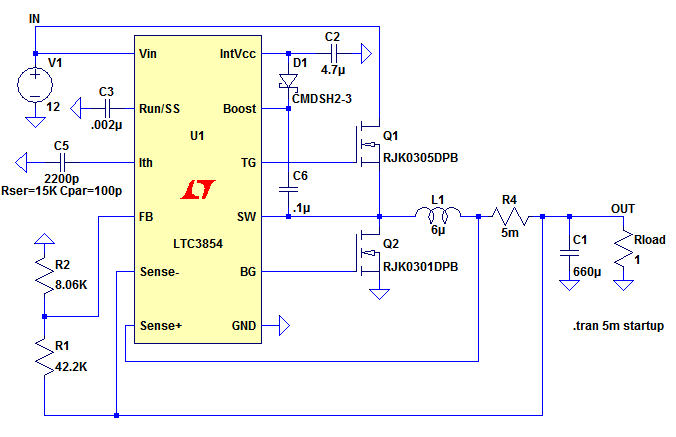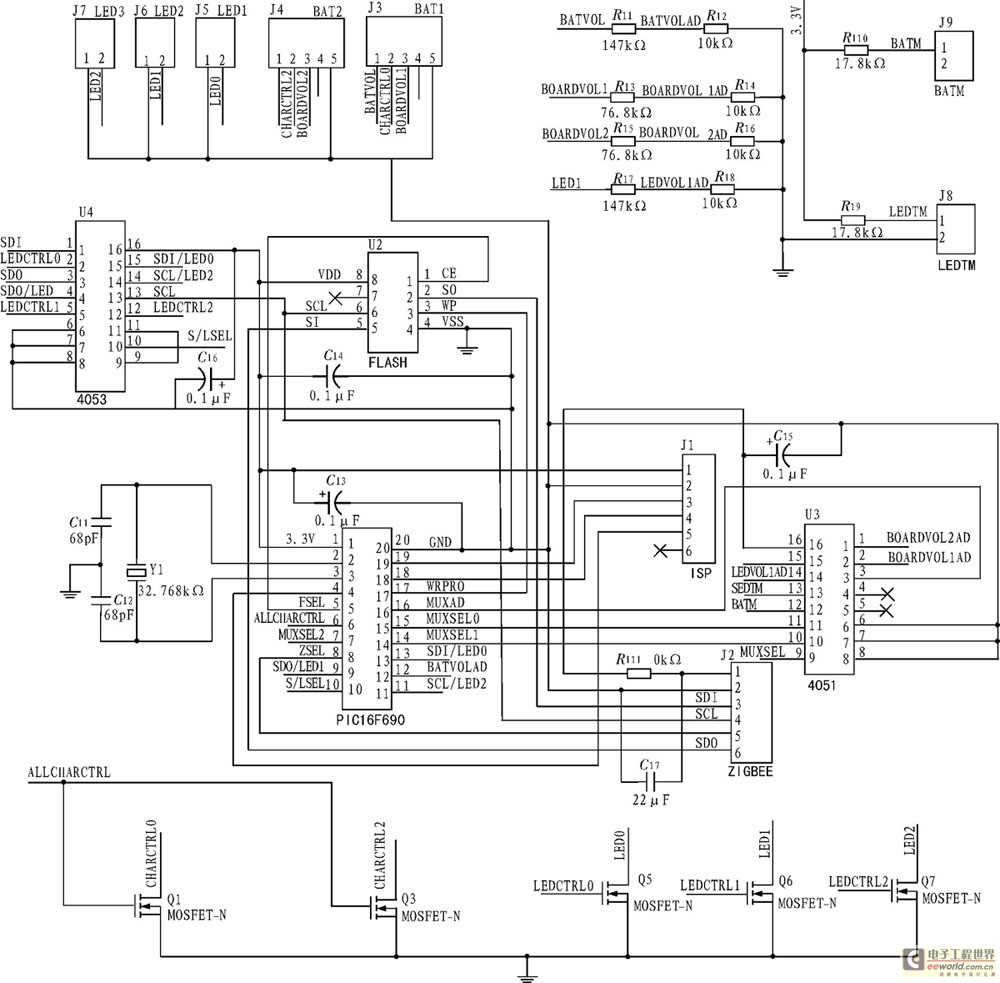
Frontline Embedded Design Contest
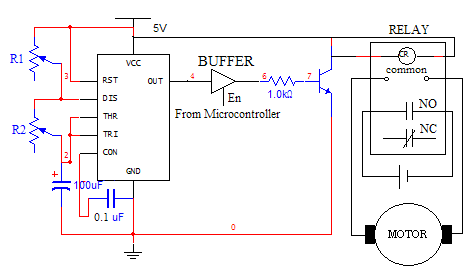
A smart card is designed using EEPROM chips, while smart card readers utilize a Renesas microcontroller. The card reader reads data from the smart card and transmits it to a computer via its serial port. Access is granted only if the stored data matches the read data; otherwise, access is denied. This system allows users to log in and work on licensed software, similar to ATM authentication, providing a high level of security. The smart card contains user information akin to that found on an identity card, including name, roll number, registration number, and other personal details, depending on the application. The card reader interfaces with the smart card using the I2C protocol, a multi-master serial computer bus developed by Philips for connecting low-speed peripherals to a motherboard or embedded system.
The card reader, which employs a microcontroller as its core component, reads the smart card data and sends it to the computer through the serial port. A Visual C# application runs in the background on the computer, continuously monitoring for card reads. Upon reading the username from the card, the application prompts the user for a password, which it then compares against a pre-existing database. If a match is found, the user is granted access to the licensed software. The smart card is constructed from Electrically Erasable Programmable Read Only Memory (EEPROM) 2408, which is a 1024G—8 bit CMOS EEPROM with access protection features. The card has separate data and clock lines, designated as SDA and SCL, respectively, with the smart card operating as the slave device.
The card reader is built around the Renesas microcontroller R8C, which features 64KB + 2KB ROM, 3KB RAM, and 2KB data flash, along with ID code check and ROM code protection functions for enhanced program security. The microcontroller supplies the clock signal to the EEPROM, functioning as the master device. The Renesas microcontroller supports I2C communication, which is integrated with a synchronous serial communication unit. The front-end application is developed on the Visual C# .NET platform, where it reads data from the serial port and compares it against the database to determine access permissions.
This hardware setup is particularly suitable for environments where access to costly and licensed software must be restricted, allowing smart cards to be issued to authorized individuals. The manufacturing cost of each card is economical, ranging from Rs. 5 to 10, making it feasible to distribute them to all authorized users. Consequently, this project offers an efficient authentication mechanism to prevent unauthorized access to critical software on the system. Authorized users can log in using their smart cards, thereby enhancing computer security and preventing unauthorized usage.
In addition, GPS receivers are mentioned as devices capable of determining vehicle locations with high precision. These receivers can be portable or installed in various vehicles, including aircraft, ships, tanks, submarines, cars, and trucks. They detect, decode, and process signals from GPS satellites. Emergency services, such as police and fire departments, utilize GPS receivers to locate the nearest units during emergencies. Moreover, automobile manufacturers are increasingly integrating moving-map displays guided by GPS technology into new vehicles to assist with trip planning. In everyday life, challenges arise in motor maintenance and control, which could be addressed through the implementation of wireless control systems.Smart card is designed using EEPROM chips. Smart card readers are designed using Renasas microcontroller. The data from the smart card is read by the card reader and sent to the computer through its serial port. Only if there is a match between the stored data and the read data, the user is allowed to login, otherwise, the access is denied.
Hence, by using these smart cards the user can login to the system and work on those licensed software. This type of authentication is some what similar to those used in ATM and the level of security is high.
Smart card contains information about the user who possesses it. The details present include similar to those present in an identity card like name, roll number, register number and several other personal details, depending on the application. The card reader reads the card using I2C interface. I2C is a multi-master serial computer bus invented by Philips, which is used to attach low speed peripherals to a motherboard or embedded system.
The card reader reads the card, through a microcontroller, which is the basic component of it. The controller sends the data read, to the computer, through its serial port. In the computer, a visual C# application is created to be running at the background as long as the system is on. The username read from the card, receives a password from the user, and then it is compared with the pre-existing database, and if a match is found, the user could login and work in the licensed software in the system.
The smart card is made up of Electrically Erasable Programmable Read Only Memory (EEPROM) 2408. It is 1024G—8 bit CMOS EEPROM with access protection. It has separate data and clock lines, as SDA and SCL respectively. The smart card acts as the slave. The card reader is designed using Renasas microcontroller R8C which has 64KB+2KB ROM, 3KB RAM and 2KB data flash, with ID code check function and ROM code protect function for program security. The microcontroller supplies clock to the EEPROM and thus acts as a master. The Renasas microcontroller supports I2C, which is shared with synchronous serial communication unit.
The front end is designed in the Visual C# Net platform. It reads the serial port content and compares with pre-existing database, depending on which access is permitted. This hardware could well be used in centre where costly and licensed software have to be prevented from public access, where smart cards can be issued to each authorized candidate.
Further, the cost of manufacturing of each card is also very economical and will take only about Rs. 5 to 10. So, it could to be issued to all authorized users. Thus our project provides efficient authentication to avoid unauthorized access of important software of the system. The authorized users use their card to login the system. So that, unauthorized users could not use the computers, hereby, providing an additional security for the computers.
Using the GPS receiver, you can determine your vehicle location with great precision GPS receivers can be hand carried or installed on aircraft, ships, tanks, submarines, cars, and trucks. These receivers detect, decode, and process GPS satellite signals. Many police, fire, and emergency medical service units use GPS receivers to determine the police car, fire truck, or ambulance nearest to an emergency.
Automobile manufacturers are also offering moving-map displays guided by GPS receivers as an option on new vehicles, for use in planning a trip. In our day today life we come across so many problems in maintaining and controlling motors. In this project weare implementing wireless control of 🔗 External reference
The card reader, which employs a microcontroller as its core component, reads the smart card data and sends it to the computer through the serial port. A Visual C# application runs in the background on the computer, continuously monitoring for card reads. Upon reading the username from the card, the application prompts the user for a password, which it then compares against a pre-existing database. If a match is found, the user is granted access to the licensed software. The smart card is constructed from Electrically Erasable Programmable Read Only Memory (EEPROM) 2408, which is a 1024G—8 bit CMOS EEPROM with access protection features. The card has separate data and clock lines, designated as SDA and SCL, respectively, with the smart card operating as the slave device.
The card reader is built around the Renesas microcontroller R8C, which features 64KB + 2KB ROM, 3KB RAM, and 2KB data flash, along with ID code check and ROM code protection functions for enhanced program security. The microcontroller supplies the clock signal to the EEPROM, functioning as the master device. The Renesas microcontroller supports I2C communication, which is integrated with a synchronous serial communication unit. The front-end application is developed on the Visual C# .NET platform, where it reads data from the serial port and compares it against the database to determine access permissions.
This hardware setup is particularly suitable for environments where access to costly and licensed software must be restricted, allowing smart cards to be issued to authorized individuals. The manufacturing cost of each card is economical, ranging from Rs. 5 to 10, making it feasible to distribute them to all authorized users. Consequently, this project offers an efficient authentication mechanism to prevent unauthorized access to critical software on the system. Authorized users can log in using their smart cards, thereby enhancing computer security and preventing unauthorized usage.
In addition, GPS receivers are mentioned as devices capable of determining vehicle locations with high precision. These receivers can be portable or installed in various vehicles, including aircraft, ships, tanks, submarines, cars, and trucks. They detect, decode, and process signals from GPS satellites. Emergency services, such as police and fire departments, utilize GPS receivers to locate the nearest units during emergencies. Moreover, automobile manufacturers are increasingly integrating moving-map displays guided by GPS technology into new vehicles to assist with trip planning. In everyday life, challenges arise in motor maintenance and control, which could be addressed through the implementation of wireless control systems.Smart card is designed using EEPROM chips. Smart card readers are designed using Renasas microcontroller. The data from the smart card is read by the card reader and sent to the computer through its serial port. Only if there is a match between the stored data and the read data, the user is allowed to login, otherwise, the access is denied.
Hence, by using these smart cards the user can login to the system and work on those licensed software. This type of authentication is some what similar to those used in ATM and the level of security is high.
Smart card contains information about the user who possesses it. The details present include similar to those present in an identity card like name, roll number, register number and several other personal details, depending on the application. The card reader reads the card using I2C interface. I2C is a multi-master serial computer bus invented by Philips, which is used to attach low speed peripherals to a motherboard or embedded system.
The card reader reads the card, through a microcontroller, which is the basic component of it. The controller sends the data read, to the computer, through its serial port. In the computer, a visual C# application is created to be running at the background as long as the system is on. The username read from the card, receives a password from the user, and then it is compared with the pre-existing database, and if a match is found, the user could login and work in the licensed software in the system.
The smart card is made up of Electrically Erasable Programmable Read Only Memory (EEPROM) 2408. It is 1024G—8 bit CMOS EEPROM with access protection. It has separate data and clock lines, as SDA and SCL respectively. The smart card acts as the slave. The card reader is designed using Renasas microcontroller R8C which has 64KB+2KB ROM, 3KB RAM and 2KB data flash, with ID code check function and ROM code protect function for program security. The microcontroller supplies clock to the EEPROM and thus acts as a master. The Renasas microcontroller supports I2C, which is shared with synchronous serial communication unit.
The front end is designed in the Visual C# Net platform. It reads the serial port content and compares with pre-existing database, depending on which access is permitted. This hardware could well be used in centre where costly and licensed software have to be prevented from public access, where smart cards can be issued to each authorized candidate.
Further, the cost of manufacturing of each card is also very economical and will take only about Rs. 5 to 10. So, it could to be issued to all authorized users. Thus our project provides efficient authentication to avoid unauthorized access of important software of the system. The authorized users use their card to login the system. So that, unauthorized users could not use the computers, hereby, providing an additional security for the computers.
Using the GPS receiver, you can determine your vehicle location with great precision GPS receivers can be hand carried or installed on aircraft, ships, tanks, submarines, cars, and trucks. These receivers detect, decode, and process GPS satellite signals. Many police, fire, and emergency medical service units use GPS receivers to determine the police car, fire truck, or ambulance nearest to an emergency.
Automobile manufacturers are also offering moving-map displays guided by GPS receivers as an option on new vehicles, for use in planning a trip. In our day today life we come across so many problems in maintaining and controlling motors. In this project weare implementing wireless control of 🔗 External reference
